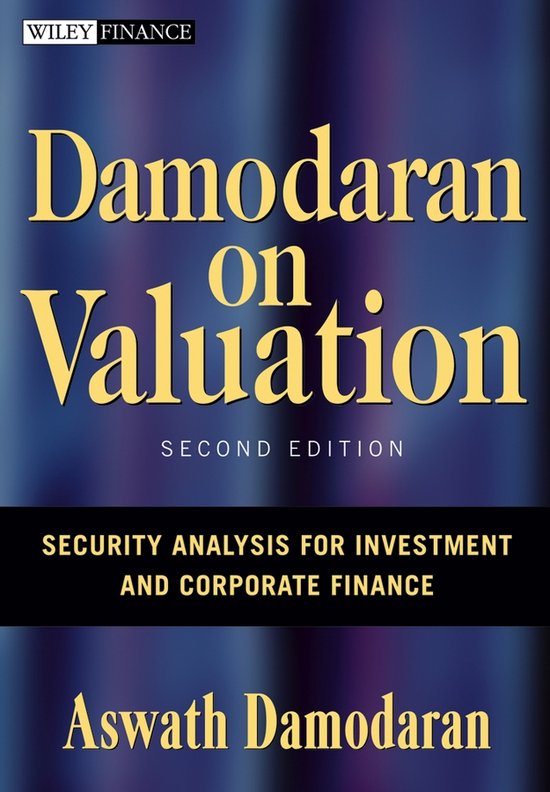
Dark Side of Valuation, The
The Definitive Guide to Valuing Hard-to-Value Companies: Fully Revised for Today’s Financial Markets
Valuing money-making companies that have long histories and established business models is straightforward. It is when you encounter difficult-to-value companies that you feel the urge to go over to the dark side of valuation—where you abandon first principles and create new metrics. Aswath Damodaran looks at a range of these companies, from start-ups in new businesses to distressed companies, from banks facing regulatory turmoil to commodity firms, and from emerging market upstarts to multinationals that spread across geographies and businesses. With each grouping, he helps you examine the call of the dark side and its practices and frameworks to value these firms.
To answer these questions, Aswath looks at companies across the life cycle and in different markets, from Uber and Shake Shack at one end of the spectrum to Vale, Royal Dutch, and United Technologies at the other end.
In the process, you learn how to
Valuing money-making companies that have long histories and established business models is straightforward. It is when you encounter difficult-to-value companies that you feel the urge to go over to the dark side of valuation—where you abandon first principles and create new metrics. Aswath Damodaran looks at a range of these companies, from start-ups in new businesses to distressed companies, from banks facing regulatory turmoil to commodity firms, and from emerging market upstarts to multinationals that spread across geographies and businesses. With each grouping, he helps you examine the call of the dark side and its practices and frameworks to value these firms.
To answer these questions, Aswath looks at companies across the life cycle and in different markets, from Uber and Shake Shack at one end of the spectrum to Vale, Royal Dutch, and United Technologies at the other end.
In the process, you learn how to
- Deal with “abnormally low” and negative risk-free rates in valuation
- Adapt to dynamic and changing risk premiums
- Value young companies that are disrupting existing businesses
- Analyze commodity and cyclical companies across cycles
- Value a company as the sum of its parts or as an aggregation of its users/subscribers and customers
- Determine the difference between pricing and valuation, and why some investments can only be priced
| Auteur | | Aswath Damodaran |
| Taal | | Engels |
| Type | | Paperback |
| Categorie | | Rechten |





